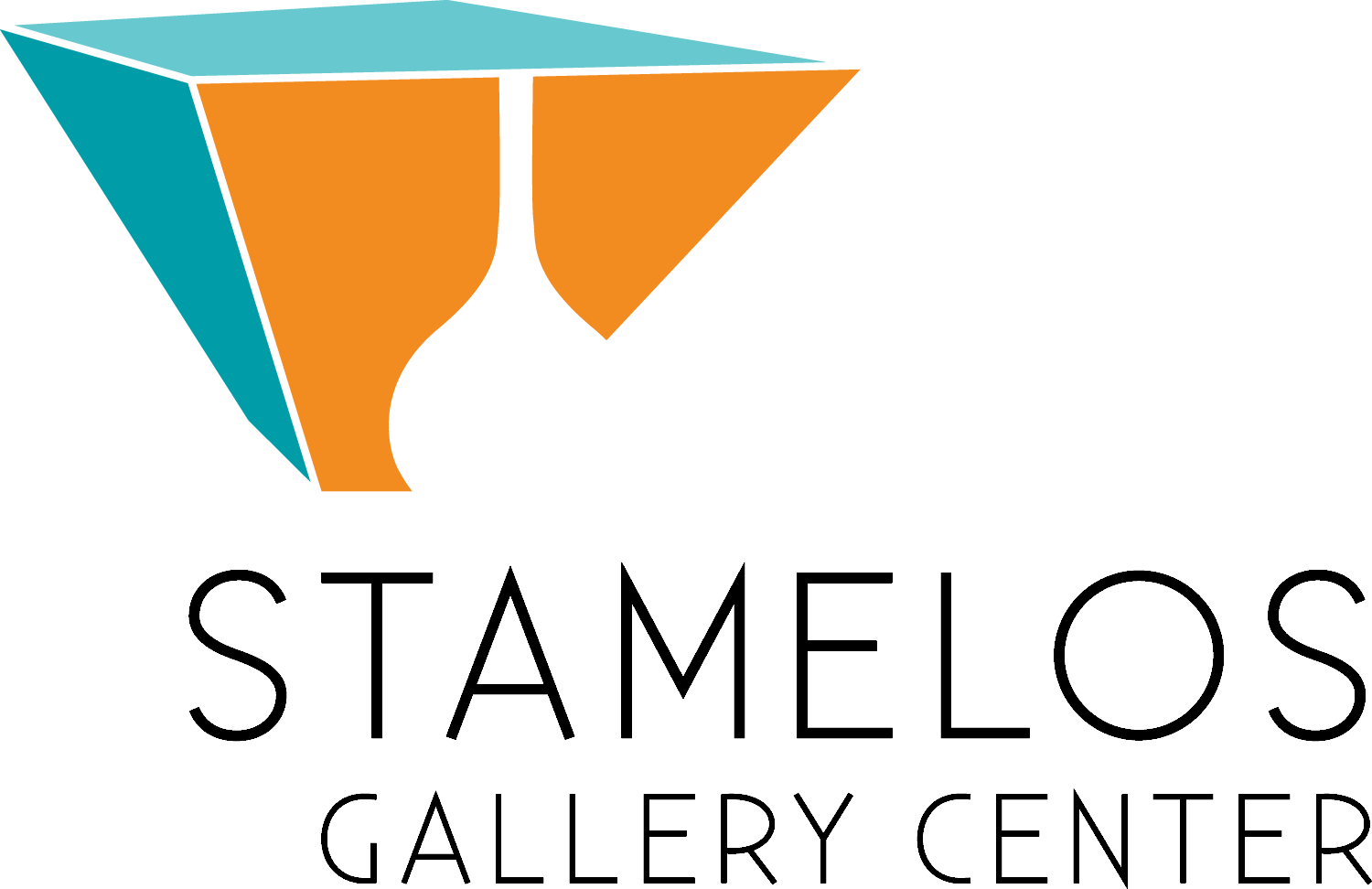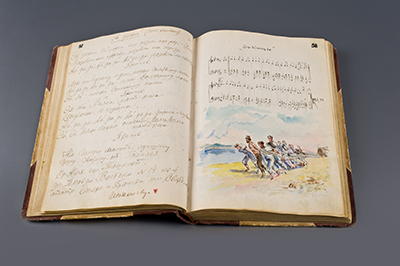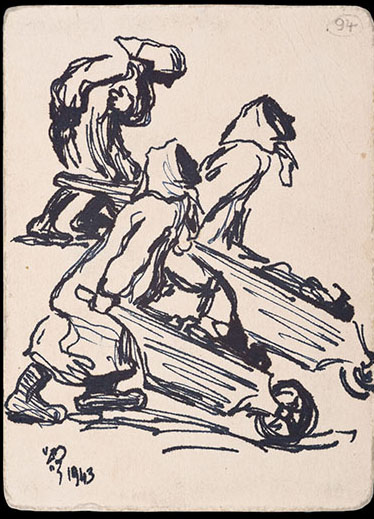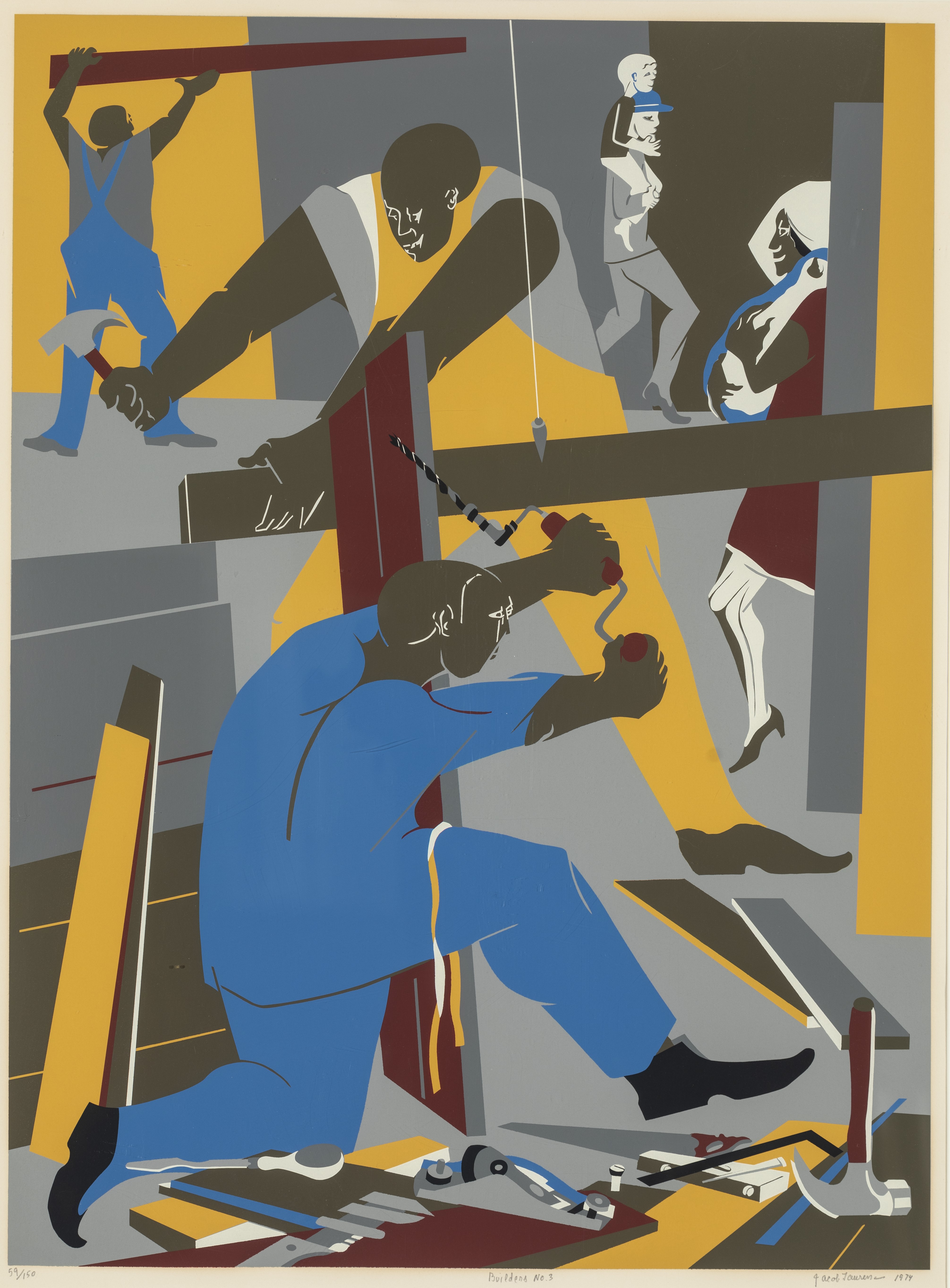
Exhibition opening reception: Sunday, September 18, 2:00 - 6:00 p.m.
Featured Guest Speaker: Teresa Wontor-Cichy, Research Center at Auschwitz Birkenau State Museum, will begin at 2:15 p.m.
All guests should proceed to the 2nd floor of the Mardigian Library at 2:00 p.m. to hear the featured guest speaker before viewing the exhibition in the gallery.
| Time | Details |
|---|---|
| 1:30-2:00 | Guests gather on 2nd floor of Mardigian Library. Refreshments available |
| 2:00-2:03 | Dr. Jamie Wraight introduces Chancellor Little |
| 2:03-2:10 | Chancellor Little welcomes guests, gives brief remarks. |
| 2:10 | Chancellor welcomes Dr. Stan Majewski, Chairman of the Board, The Polish Mission |
| 2:10-2:15 | Remarks by Dr. Stan Majewski, Chairman of the Board, The Polish Mission |
| 2:15 | Dr. Stan Majewski, introduces JJ Przewozniak, Curator of Collections, The Polish Mission |
| 2:15-2:20 | Remarks by JJ Przewozniak and introduction of speaker, Teresa Wontor-Cichy |
| 2:20-3:20 | Presentation by Teresa Wontor-Cichy |
| 3:20-3:45 | Q & A with audience |
| 3:45-6:00 | Exhibit viewing in Berkowitz Gallery |
Forbidden Art tells the emotional story of the illegal artwork created by concentration camp prisoners during WWII. The Alfred Berkowitz Gallery is honored to bring this powerful exhibition, organized by the Auschwitz-Birkenau State Museum and The Polish Mission of the Orchard Lake Schools, to the Dearborn community.
Our imagination of life in Nazi concentration camps is dominated by darkness, delineated by concepts difficult to fully comprehend: slave labor, extreme hunger, roundups, selection, and overwhelming, and after a while normalized, death. The Forbidden Art exhibition brings viewers a new perspective on concentration camp violence. It speaks to us, from the most authentic source, about the power of the human spirit and the ability to endure in the face of abominable conditions.
The exhibition, which is divided into two themes, features high quality reproductions of twenty artworks, many created under the threat of death. The first theme gives viewers a glimpse of daily camp life, and the remaining pieces invite reflection on the role of art as a mental escape. In this sense, art became a survival strategy. It could be a mental respite, a tool for imagining a different world, a gift of appreciation for human kindness that one experienced in a camp, or a way to build or change one’s social position. Art was also a way to document the present world as a testimony and a challenge to the world that would come after. Some of the work exhibited was produced by amateurs and some was created by accomplished artists who continued haunting their audiences with powerful images after the war.
Most of the works reflect the desperate conditions under which they were created, the lack of supplies, and the human need for creative expression to sustain one’s spirit. Our understanding of art is challenged while viewing these illegal works; art ceases to be only a reflection of life, but rather becomes life.
Forbidden Art will be on view from September 18 to December 23 (noon). Gallery hours are Monday-Friday, 9:00-5:00. The exhibition opening reception will be held from 2:00-6:00 P.M. on Sunday, September 18th. Featured Guest Speaker: Teresa Wontor-Cichy, Research Expert from the Auschwitz Birkenau State Museum, will begin at 2:15 on the 2nd floor of the library. Reception is free to the public. Complimentary wine and hors d’oeuvres provided.
Additional gallery presentations and installations include:







Jacob Lawrence (1917-2000), Serigraph print, 1974
Gift of Gilbert M. Frimet,
Collection of UM-Dearborn (1980.065)
Photographed by Tim Thayer
This powerful serigraph print from the permanent collection was created by Jacob Lawrence (1917-2000), one of this century's most widely acclaimed artists.
Lawrence was born in Atlantic City, New Jersey, but moved to Harlem, New York, at 13. He is among the few painters of his generation who grew up in a Black community, received instruction primarily from Black artists, and was influenced by the experiences of Black individuals.
Lawrence's artwork portrays the lives and struggles of the Black community, capturing their experiences through several series focused on figures such as Toussaint L'Ouverture, Frederick Douglass, and Harriet Tubman, as well as themes related to life in Harlem and the civil rights movement of the 1960s. His style is characterized by vibrant colors and abstract forms.
In the 1940s, during a time of widespread segregation, Lawrence broke racial barriers by becoming the first Black artist whose work was acquired by the Museum of Modern Art in New York City.
He stated, "If at times my productions do not express the conventionally beautiful, there is always an effort to express the universal beauty of man's continuous struggle to lift his social position and to add dimension to his spiritual being."
Researched and written by:
Julianna Collins, Stamelos Gallery Center former intern, UM-Dearborn art history/museum studies graduate, Class of 2025